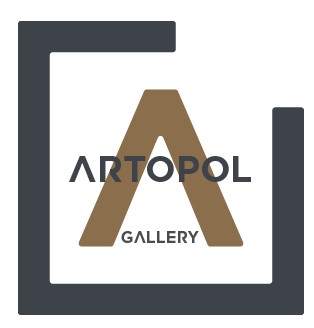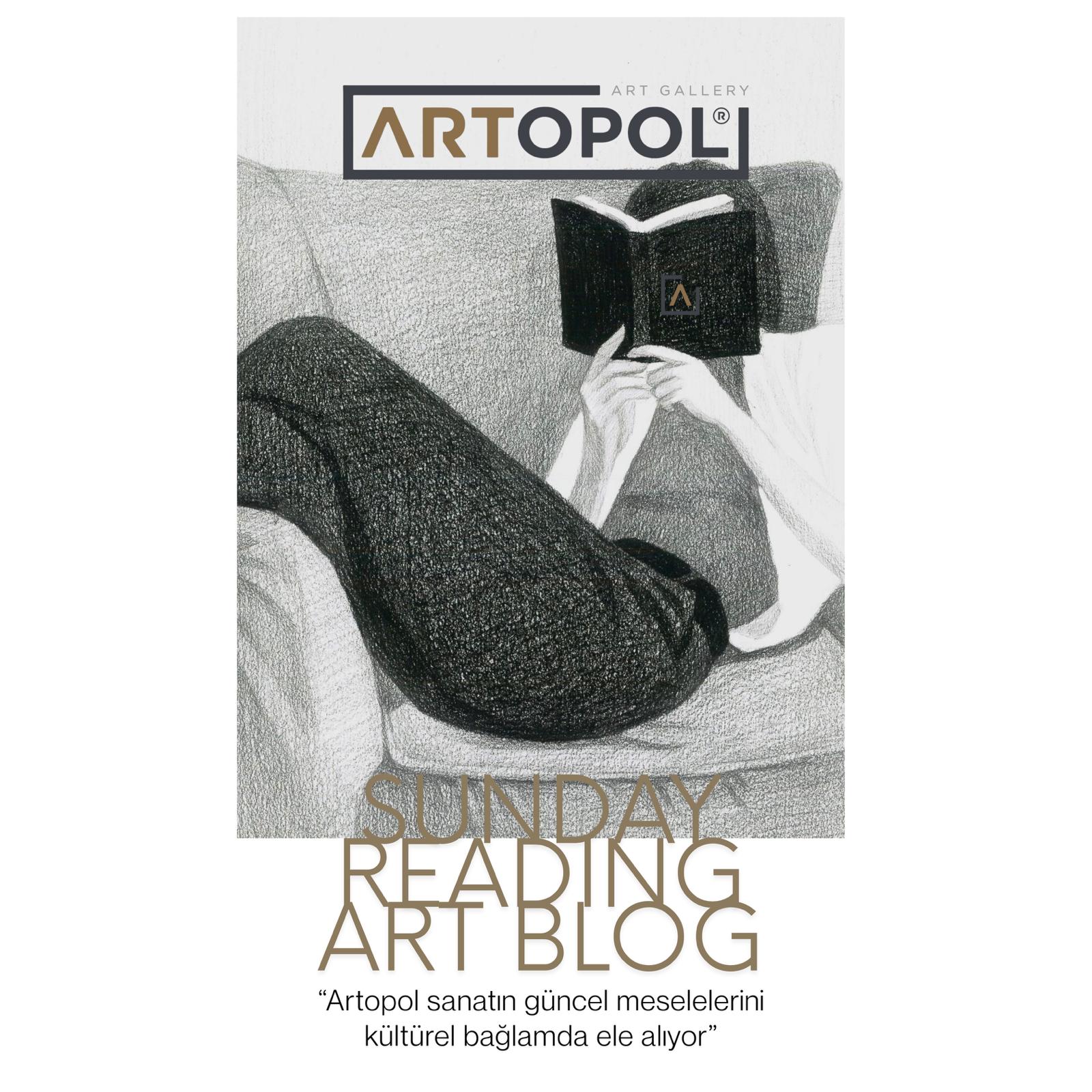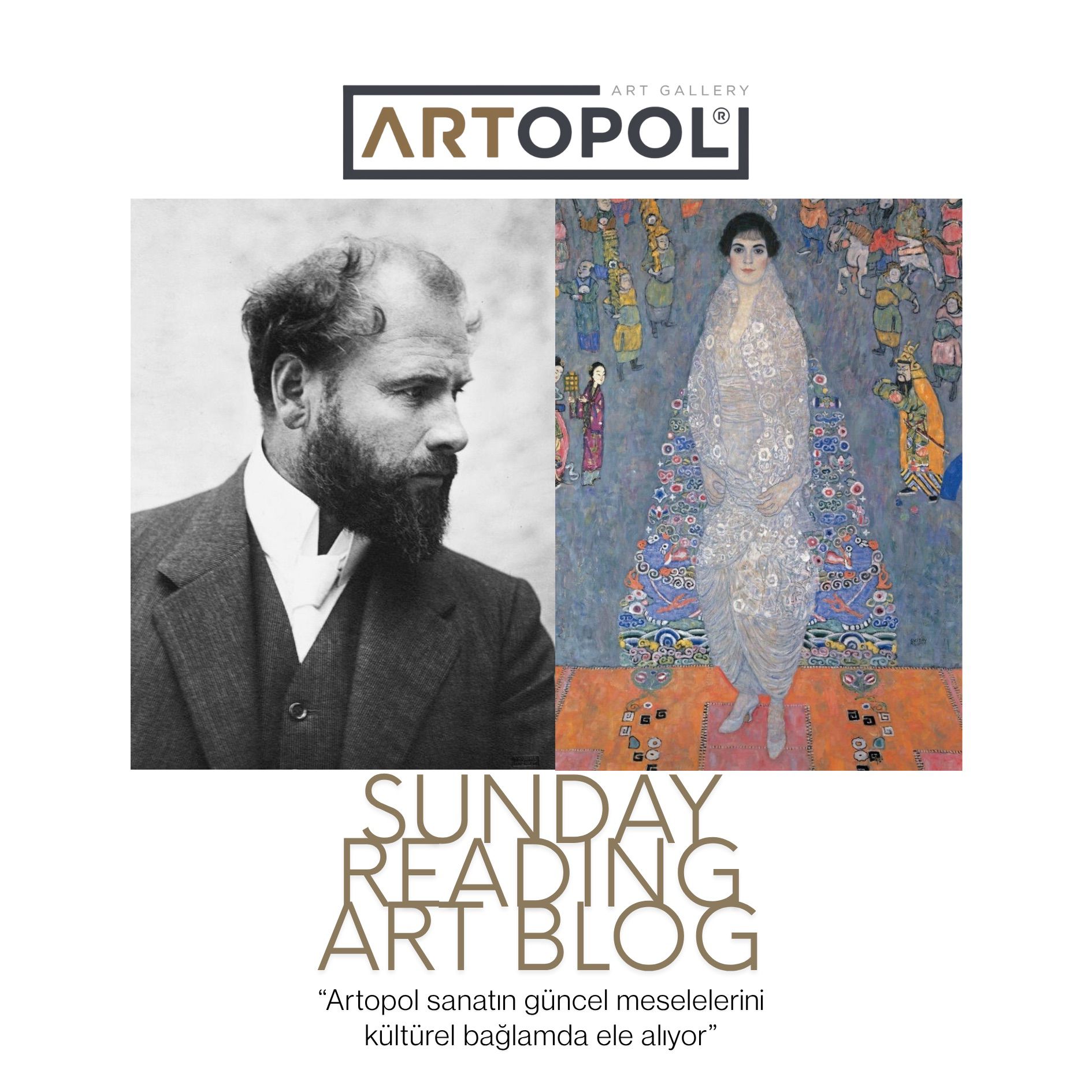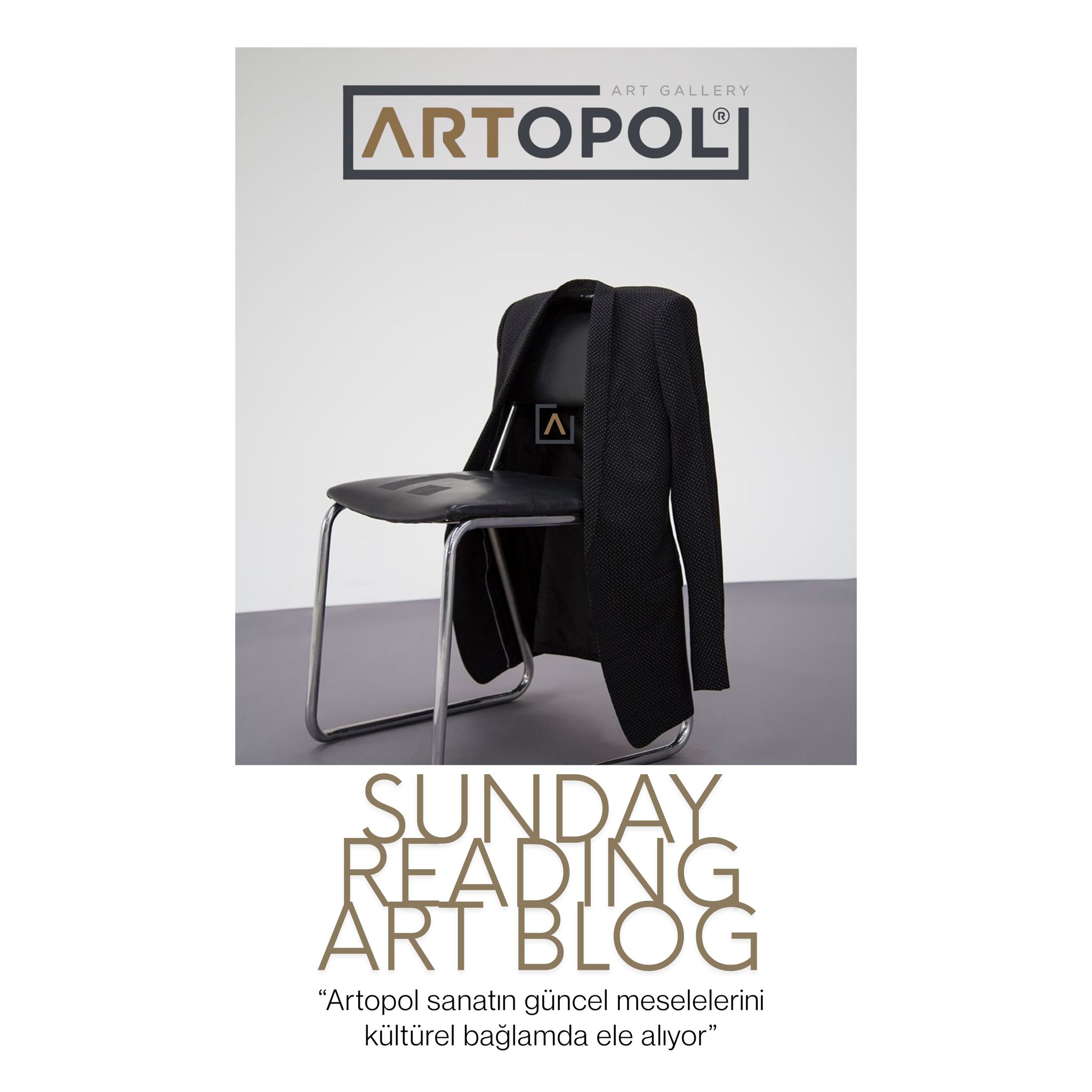Contemporary Turkish art is becoming increasingly recognized with the advancements of the modernizing world. Therefore, learning about contemporary Turkish painters is quite important to better understand the representatives of this movement.
What is Contemporary Art?
Often confused with modern art, contemporary art refers to the art of the same era we live in. The emergence of contemporary art can be traced to the late 1960s and early 1970s. One of the main contributions of contemporary art is that art is no longer confined to a fixed context. Through this movement, concepts such as performance, video, and installation art have entered the art literature. Contemporary artists synthesize multi-disciplinary topics with technology and various materials, producing works that make a significant impact.
You can also check out our article "What is Contemporary Art and Contemporary Turkish Art."
Contemporary Turkish Painters
The proclamation of the Republic brought about renewal in painting, and therefore students were sent abroad to gain knowledge of Western art.
Among these young students, İbrahim Çallı, who gave his name to the era, established bridges between modern and contemporary art through the 1914 Generation (Çallı Generation). This generation, inspired by European Impressionism, produced works that reflected unusual perspectives and specific times of light. Artists such as Feyhaman Duran, Hikmet Onat, Avni Lifij, Namık İsmail, Nazmi Ziya Güran, Sami Yetik, Mehmet Ali Laga, Vecih Bereketoğlu, and Ruhi Arel embraced this movement. Although there are not many contemporary artists following the Çallı Generation today, the recently deceased artist Ayhan Türker is one of the names representing this style.

Work 1: Ayhan Türker (2016) Çubuklu Koyu
In 1914, the İnas Sanayi Nefise School was established for female artists and continued until the 1920s. Müfide Kadri, Mihri Müşfik, Celile Hanım, Melek Cemal Sofu, Güzin Duran, Hale Asaf, and Nazlı Ecevit are important names among our female painters.
One of the first artist groups of the Republican period, the Independent Painters and Sculptors Association, reflected Cubist influences, which were contemporary art movements in Europe at the time. Artists without a unified style or technique in this group include Refik Epikman, Cevat Dereli, Şeref Akdik, Ali Avni Çelebi, Zeki Kocamemi, Mahmut Cuda, and Turgut Zaim.
The D Group, founded in 1933, rejected Impressionist tendencies and was based on Cubist principles. Prominent names in this group include Zeki Faik İzer, Elif Naci, Cemal Tollu, Abidin Dino, Nurullah Berk, and Bedri Rahmi Eyüboğlu.
The Yeniler Group aimed to break away from Western influence and establish their own originality, producing works based on social realities. Turkish art history is marked by names such as Nuri İyem, Mümtaz Yener, Ferruh Başağa, Avni Arbaş, Selim Turan, Turgut Atalay, Abidin Dino, and Haşmet Akal within this group.
The On’lar Group was formed by ten students from Bedri Rahmi Eyüboğlu’s workshop, hence the name. They believed that contemporary art could not be applied without learning the aesthetic values of Western art and without connecting to traditional culture. Members included Bedri Rahmi Eyüboğlu, Mehmet Pesen, Nedim Günsur, Turan Erol, Orhan Peker, Fikret Otyam, Osman Zeki Oral, Leyla Gamsız, Mustafa Esirkuş, and Adnan Varınca...
The Yeni Dal Group, which held its first exhibition in 1959, is a continuation of the “Yeniler” group, producing socially realistic works. Members include İbrahim Balaban, Avni Mehmetoğlu, İhsan İncesu, Kemal İncesu, Neşat Günal, Marta Tözge...
The Siyah Kalem Group held its first exhibition in 1961. The painters in this group are İhsan Cemal Karaburçak, Cemal Bingöl, İsmail Altınok, Ayşe Sılay, Selma Arel, Lütfü Günay, Asuman Kılıç, and Solmaz Tugaç.
After 1950, abstract tendencies appeared in Turkish painting. Ferruh Başağa’s 1949 work “Aşk” is considered our first abstract artwork. However, Nurullah Berk and Sabri Berkel argue that “Taksim Meydanı,” painted in 1947, is the first abstract work. Abstract works in Turkish painting can be categorized into four main groups: Geometric Abstractionists, Lyrical Abstractionists, Geometric Non-Figurative, and Lyrical Non-Figurative.
For Geometric Abstraction, names like Hamit Görele, Salih Urallı, and Refik Epikman are notable. For Lyrical Abstraction, leading names include Faik İzer, Abidin Erdeloğlu, Ercüment Kalık, Ferruh Başağa, Arif Kaptan, Özdemir Altan, Devrim Erbil, and Ömer Uluç.

Work 2: Ferruh Başağa (1949) Aşk

Work 3: Sabri Berkel (1947) Taksim Meydanı
Bedri Rahmi Eyüboğlu
Born in 1911 in Giresun, Bedri Rahmi Eyüboğlu is among the most well-known Turkish painters today. His art spans painting, printmaking, calligraphy, mosaic, and lithography. His most famous works include the wall painting “Mor Takkeli Hacı” at the Istanbul Hilton Hotel and the ceramic panel at Istanbul Education and Research Hospital.
Burhan Doğançay
Born in 1929 in Istanbul, Burhan Doğançay produced works in painting and photography. He is considered one of the most important representatives of abstract art in Turkey. His most famous work is known as “Mavi Senfoni.” He also created a photography series called “Walls of the World.”
You can also check out our article “Who is Burhan Doğançay.”
Devrim Erbil
Born in 1937 in Uşak, Devrim Erbil is one of the first names that come to mind when contemporary painting in Turkey is mentioned. He also served as the Director of the Istanbul Museum of Painting and Sculpture and continues his work to make art accessible in Turkey. In addition to oil paintings, he has produced prints, mosaics, engravings, and works in other media. Themes of Istanbul, nature, and Anatolia are visible in his works.
Ekrem Yalçındağ
Born in 1964 in Ankara, Ekrem Yalçındağ is a contemporary Turkish painter working with geometric patterns. As a visual artist, he creates works featuring symmetry and rhythmic designs.
Güngör Taner
Born in 1941 in Istanbul, Güngör Taner is a representative of abstract painting in Turkey. Working with stains and colors, he creates his works with lines and forms in motion. He continues to exhibit his works in personal exhibitions such as “Ritim” and “Devinim” as well as in various group exhibitions.
Author: Başak U. Hürer, Artopol Art Consultant



